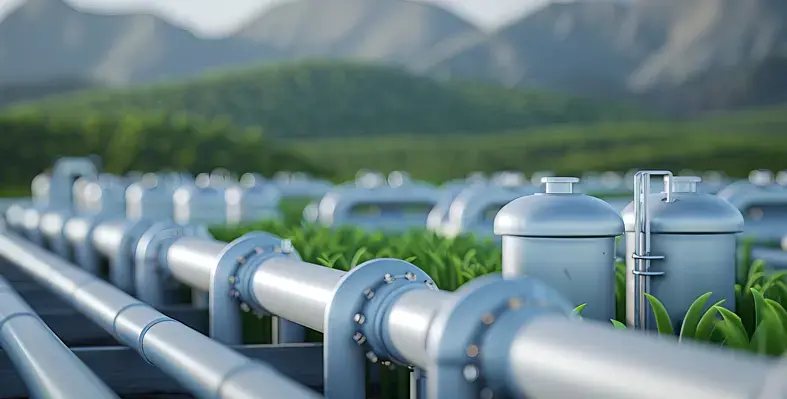
 Archer will be acquiring an additional 10% of the shares in Iceland Drilling from its joint venture partner Kaldbakur for US$2.5mn.
Archer will be acquiring an additional 10% of the shares in Iceland Drilling from its joint venture partner Kaldbakur for US$2.5mn.
Settled in Archer Limited shares, the transaction will bring Archer’s total ownership to 60%. The transaction is expected to close within the next two months.
Iceland Drilling is an international provider of high-temperature geothermal drilling, with offerings across renewable service segments such as deep drilling for electricity generation, wells for district heating and cooling, and wells for carbon storage. It has close to 200 employees with its main operations currently in Iceland and the Philippines.
Archer's CEO, Dag Skindlo, said, "Geothermal energy is an important part of the future energy mix which has direct overlap and synergies with Archer’s core services. We have a clear ambition to increase our well services participation in the growing geothermal market and we are monitoring opportunities to deploy idle and lower specification land rigs to geothermal projects globally. The market for geothermal drilling and district heating is estimated by industry experts to grow meaningfully over the next few decades, and Iceland Drilling is well positioned to capture market share. We will continue to support growth and development of Iceland Drilling and welcome Kaldbakur as a new long-term investor in Archer.”
The increased ownership means that Iceland Drilling will be consolidated into Archer’s financial accounts. The inclusion is projected to increase Archer’s full year 2024 proforma revenue by approximately 4% and EBITDA by 6-7%. Going forward, the transaction is expected to enhance Archer’s cash generation and reduce Archer’s leverage ratio.
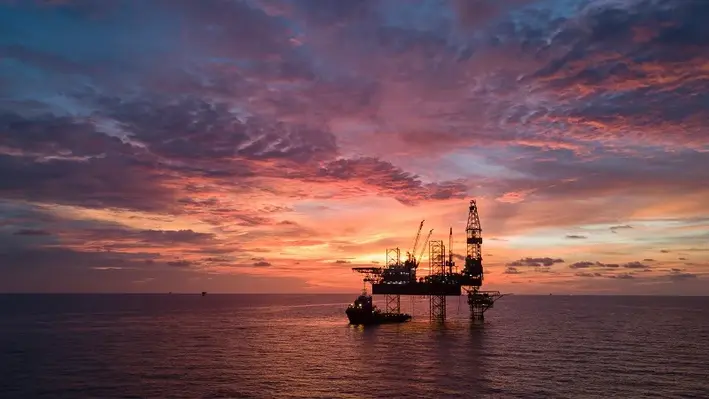

Kent is collaborating with the UK’s Energy Institute to create guidelines for decarbonisation economics in Greenhouse Gas (GHG) emission reduction projects in the upstream oil and gas industries.
This report will provide clear, actionable guidance to help the sector achieve its environmental goals, demystifying the economics of decarbonisation, including the societal cost of carbon. While it will focus on the UK North Sea upstream sector, it will take a global view so that it can serve as a basis for future research across the world. It will involve the collaboration of Kent’s Environmental team, Asset Decarbonisation team, and Energy Environment Economic (E3) Modelling and Communications team.
"We have seen the challenges of presenting decarbonisation projects against standard project economics with the only justification being the reduced OPEX related to Emission Trading Scheme credits and potential increased revenue from an increase in sales gas quantities from reducing fuel and flare gas," said Graham Filsell, Kent’s Decarbonisation lead. "There is a strong case for the societal cost of carbon and potentially an individual asset marginal abatement cost to form part of the project economics for decarbonisation projects."
James Lawson, chair of USEG (Upstream Environmental Group) added, "Decarbonisation and GHG reduction projects are inherently holistic, involving a wide spectrum of energy professionals, many of whom have not previously engaged in economic assessments and project prioritisation. Furthermore, these projects compete for capital and resources with other industry sectors. Therefore, a clear, concise, and targeted document that all energy professionals can refer to will be invaluable for ensuring that capital and resources are allocated appropriately and in line with net zero commitments."
• Demystifying Decarbonisation Economics: Provide clarity for energy professionals with limited exposure to project economics, such as environmental or sustainability managers.
• Understanding Carbon Costs: Offer insights into how carbon costs are calculated and influenced by market forces, including societal costs.
• Alternative Metrics: Recommend non-standard metrics beyond NPV to ensure that decarbonisation goals are met, delivered as a technical note to the industry.
• Justification of Metrics: Articulate and justify the choice of both standard and non-standard metrics used in the guidance.
• Upstream O&G Value Chain: Focus on the upstream sector of the O&G value chain affected by decarbonisation and assess the potential to broaden the scope to the full value chain.
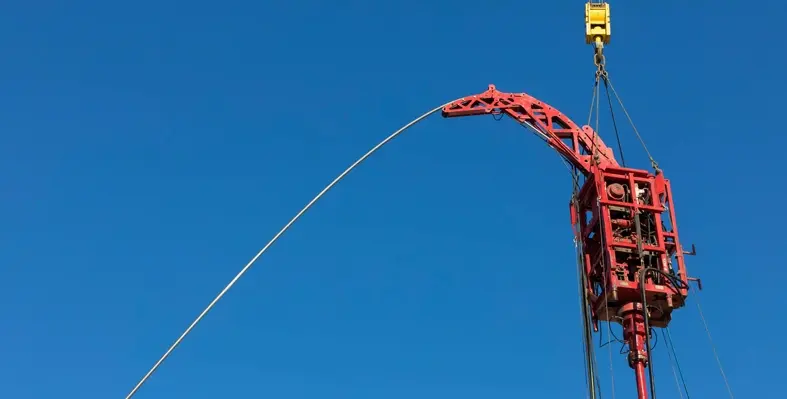
 Halliburton has been awarded a contract by Petrobras to provide a range of complete services in integrated well interventions and plug and abandonment for offshore wells in Brazil.
Halliburton has been awarded a contract by Petrobras to provide a range of complete services in integrated well interventions and plug and abandonment for offshore wells in Brazil.
Covering nearly two-thirds of all interventions and plug and abandonment work for Petrobras, the contract holds huge significance for Halliburton as it reinforces the company’s strategic position in the Brazilian market.
Services will include fluids, completion equipment, wireline, slickline, flowback services, and coiled tubing. These will be integrated through Halliburton’s project management service line to ensure efficient and effective execution.
"Our long-standing relationship with Petrobras exemplifies our ability to collaborate and engineer solutions to maximise their asset value. Halliburton’s offshore well intervention capabilities optimise production, extend well life, reduce costs, and access challenging reserves," said Halliburton's Chairman, President and CEO, Jeff Miller, while commenting on the multi-year contract which is set to begin in the second quarter of 2025.
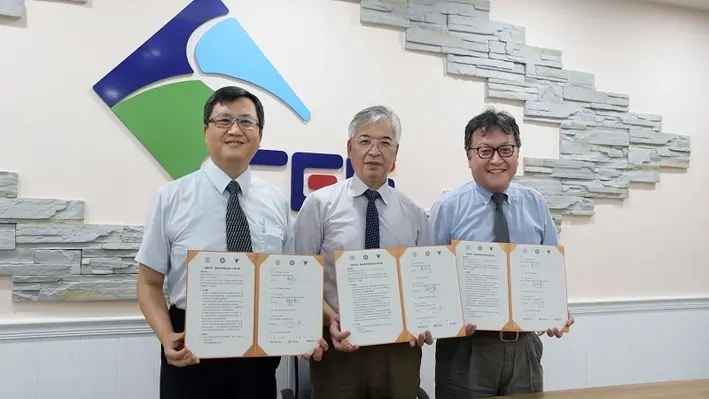
 China Petroleum Coporation of Taiwan (CNPC Taiwan) signed a MoU with Academia Sinica and National Central University for a partnership concerning geothermal research, exploration and development technology collaboration.
China Petroleum Coporation of Taiwan (CNPC Taiwan) signed a MoU with Academia Sinica and National Central University for a partnership concerning geothermal research, exploration and development technology collaboration.
The MoU comes in response the Taiwanese Government’s energy and transformation policy as well as the desire to actively promote research and development of green energy and carbon reduction technologies across multiple industries.
In recent years, CNPC China has been searching for collaboration teams in order to cooperate with the national energy transformation policy. Academia Sinica is the country’s highest academic research institution, housing the Institute of Geosciences which masters advanced geological, geochemical and geophysical related survey data and analysis technologies. Central University has the School of Geosciences and the Carbon Sequestration and Geothermal Research Center.
The collaborative aim is to promote geothermal research and exploration technology within Taiwan in a bid to be net-zero by 2050.
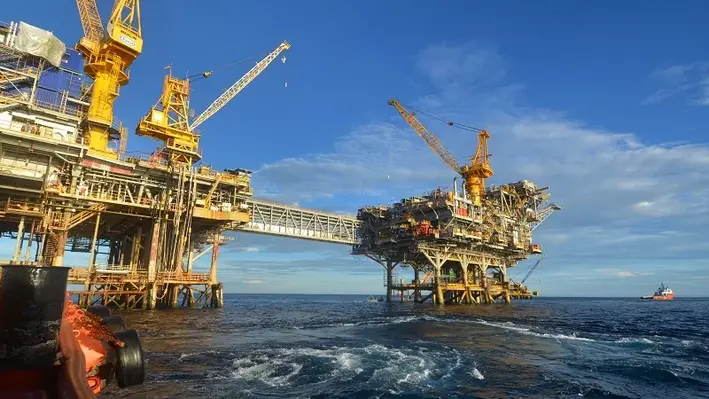

ASCO, a UK-headquartered logistics and materials management company, has completed a contract with Onslow Marine Support Base (OMSB) in Western Australia in support of the offshore decommissioning sector.
Two radiation safety officers (RSOs) as well naturally occurring radioactive materials (NORM) and mercury monitoring and analysis equipment were mobilised to the OMSB site as per the contract. The RSOs delivered on-site training for NORM awareness, and monitoring for various hazards such as benzene, hydrogen sulphide (H2S) with a particular focus on NORM and mercury.
OMSB Chief Operating Officer, Andre Veder, said, “At OMSB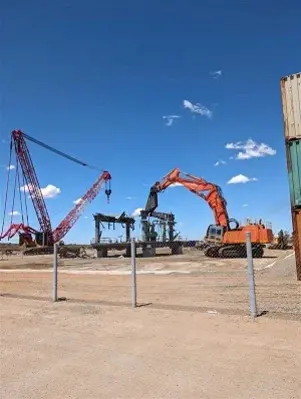 we believe all parts of the supply chain supporting the offshore decommissioning sector requires a robust focus on safety, efficiency and compliance. As part of this, OMSB proactively holds a range of licences including a radiation licence and associated management plan.
we believe all parts of the supply chain supporting the offshore decommissioning sector requires a robust focus on safety, efficiency and compliance. As part of this, OMSB proactively holds a range of licences including a radiation licence and associated management plan.
“To drive an effective and compliant outcome for the receival, handling and storage of potentially radioactive items, OMSB selected ASCO as its radiation specialist. ASCO’s international experience with radioactive items has allowed projects undertaken to appropriately manage the risks while not impacting the schedule of the works."
The project was led by senior RSOs John Davidson and Robin Small who helped to optimise the site, ensuring that supervised areas were set up correctly and any contaminated materials were properly managed and contained. The team enhanced OMSB's management plans and risk assessments, ensuring top-tier radiation management and site safety operations.
While ASCO has been present in Australia for more than 13 years, this contract represents the first time it has delivered NORM services in the Southern Hemisphere, demonstrating its capability and establishes its credibility to operate in this segment here. According to ASCO, this will set the groundwork to confidently invest to further deliver large scale projects of this nature in the country and expects continues growth in the region as the decommissioning opportunities in Australia mount.
Lee Vettese, Business Development Manager - Environmental Services and Decommissioning at ASCO, added, “This contract signals significant growth for ASCO in Western Australia. Our work in the North Sea has led the way in global decommissioning activity for a number of years now and we’re excited to bring that experience to Western Australia."
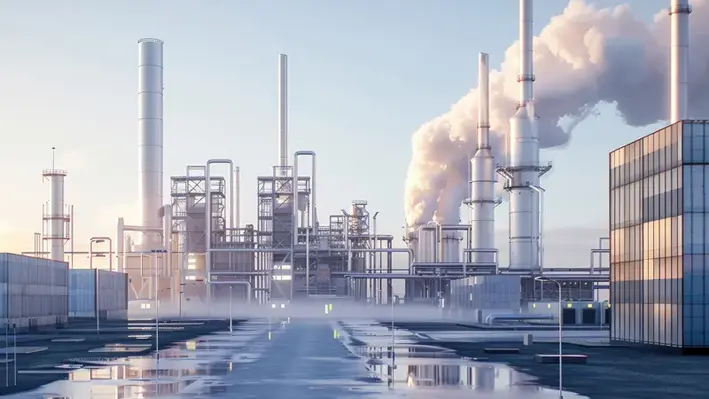

Petrofac will be supporting the Netherlands’ ambitions for CO2 capture and storage as TotalEnergies EP Nederland BV has chosen its services for a multi-million-dollar front-end-engineering design (FEED) for a CO2 injection platform.
The project involves the decommissioning of topsides and installation of a new repurposed platform connecting to the Aramis CO2 distribution network.
Petrofac is already working on a FEED project covering the design of the 32” CO2 trunkline, including onshore, landfall and offshore sections, together with the offshore CO distribution hub platform for the Aramis system, that it took up earlier this year. This additional scope will enhance the company's carbon transport and storage (CCS) sector internationally, influencing its reputation in managing the challenges and opportunities in delivering CO2 capture, transport, and storage at scale.
John Pearson, Chief Operating Officer, Energy Transition Projects, Petrofac, said, “This award demonstrates confidence in our abilities to provide vital engineering and project delivery expertise to projects that span the CCS value chain. This project, associated with the overall Aramis development, is another key component to the Netherlands’ ambitions to capture millions of tonnes of CO2 from industrial emitters in the region. We are immensely proud to be making an important contribution to these ambitions.”
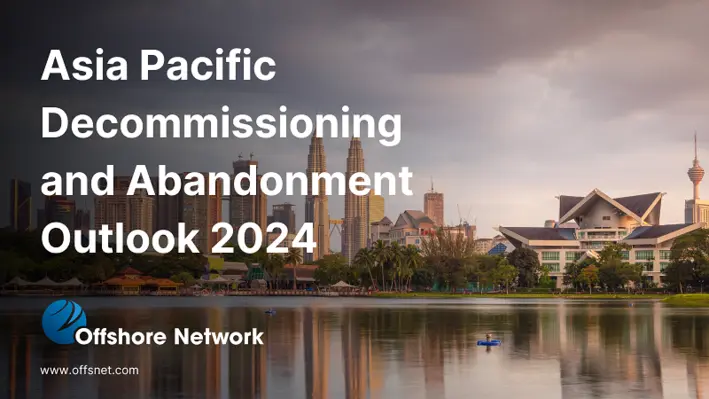
 Ahead of the D&A APAC 2024 Conference, set to open its doors in Kuala Lumpur from 12-13 November, Offshore Network has released its Asia Pacific Decommissioning and Abandonment Outlook which reviews the region’s current liabilities and the key players who are undertaking the oncoming decommissioning storm.
Ahead of the D&A APAC 2024 Conference, set to open its doors in Kuala Lumpur from 12-13 November, Offshore Network has released its Asia Pacific Decommissioning and Abandonment Outlook which reviews the region’s current liabilities and the key players who are undertaking the oncoming decommissioning storm.
The countdown is on for Southeast Asia to stay ahead of what promises to be a prosperous decommissioning market in the decades to come. As many of the region’s upstream assets wave goodbye to their productive years, D&A liabilities continue to tally up meaning the once-distant thought of decommissioning is now firmly at the forefront.
According to Petronas’ Activity Outlook 2021-2023, within Malaysia there are more 3,000 wells in which 45% are idle, with over 500 scheduled to be permanently plugged by 2030. Wood Mackenzie has previously reported that Southeast Asia’s offshore assets, amounting of 2,600 platforms and a staggering 35,000 wells, will eventually need to undergo decommissioning services.
Due to the sheer scope of D&A work in the years ahead, emphasise is being placed on the growing need for knowledge sharing and collaboration throughout the region. With collaboration comes the implementation of innovative technology and more opportunities to reap prosperous results akin to those seen in the North Sea and Gulf of Mexico.
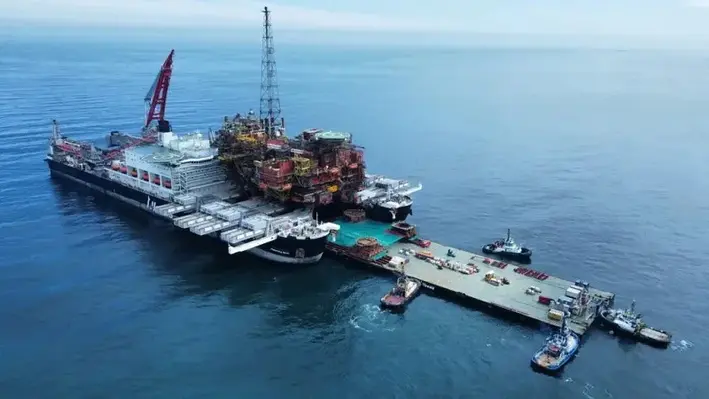

Allseas has reported that Brent Charlie topsides have been successfully delivered to Able UK’s Seaton Port in Hartlepool, UK.
Weighing more than 31,000 t, Brent Charlie is the largest single offshore topsides to be lifted, transported and delivered to shore, according to Allseas. It was initially removed in a single lift by the Pioneering Spirit, Allseas’ heavy lift vessel that is capable of lifting entire topsides of up to 48,000 t and 20,000 t jackets.
After being carried on the vessel to near-location, the topsides was transferred to the custom barge, Iron Lady, for the short tow to the Tees Estuary and onwards to the Seaton Port disposal facility.
Barge and topsides were grounded onto the grounding bed in the wet dock for the load-in. All safety checks complete, the former production platform was skidded onto Quay 6, designed specifically to distribute the weight of the heaviest topsides facilities.
Now delivered, the massive topsides will be decommissioned with as much recycled or re-used as possible. Able UK has achieved over 97% recycling/re-use rates on previously decommissioned Brent topsides Delta (24,000 tonnes), Bravo (25,000 tonnes), and Alpha (17,000 tonnes), and aims to match or exceed this figure for Charlie using its well-established supply chain.
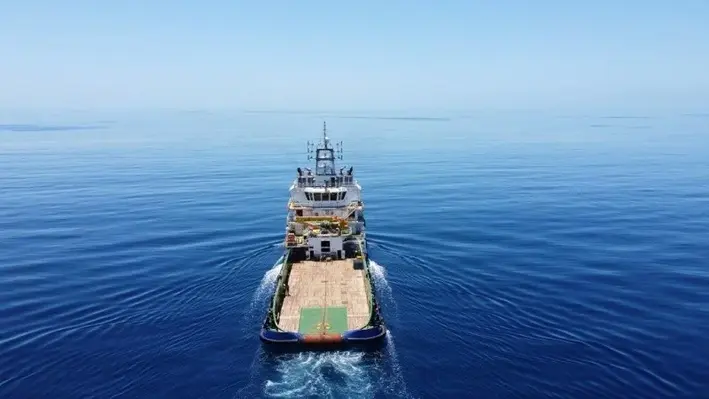

Bhagwan Marine Limited, an Australian marine services company, has announced that it will commence trading on the Australia Securities Exchange (ASX) as it seeks to pursue a number of growth opportunities.
The decision comes following a successful initial public offering of fully paid ordinary shares. The offer comprised the issue new shares by the company to raise $80mn before costs and received strong institutional support.
This will allow the company to strengthen its balance sheet and enable it to pursue a number of prospective opportunities around the oil and gas, offshore wind, infrastructure, defence and decommissioning sectors.
Bhagwan Chairman, Anthony Wooles, commented, “Bhagwan is now entering an exciting new growth phase with the emergence of the oil and gas decommissioning sector, and the future development of the offshore wind energy sector. I am excited about the opportunities and potential for the company to expand into new industry segments. Bhagwan’s strong operational and safety performance, along with its passionate focus on clients, personnel, culture, and service delivery, will continue to benefit the company as we pursue sustainable earnings growth.”
This step is recognised as the next chapter for a company which was founded in 2000 with a single vessel. Now, the fleet has expanded from increasing demand for its services to a diversified fleet of around 100 inshore and offshore vessels. These will certainly be put to use in the next phase of the company’s journey as it looks to take advantage of the emerging markets in Australia.
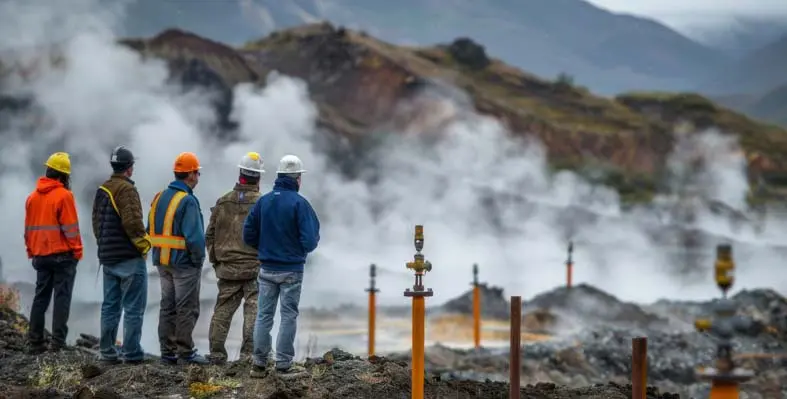
 Geothermal services provider DMT GmbH & Co. KG will be exploring geothermal potential in Münster for Stadtwerke Münster GmbH who commissioned the project as part of the 2030 decarbonisation strategy
Geothermal services provider DMT GmbH & Co. KG will be exploring geothermal potential in Münster for Stadtwerke Münster GmbH who commissioned the project as part of the 2030 decarbonisation strategy
The project will involve a large-scale 3D seismic measurement campaign before winter 2024/25, surveying the deep underground between 1,400 and 7,000 meters, covering the entire city.
"25% of the heat demand in Germany could already be covered in the long term, sustainably and CO2-neutrally using deep geothermal energy. The first steps to accelerate the heat transition with the help of deep geothermal energy have been taken. Now it is important to consistently use and roll out instruments such as exploration loans or insurance, national and international funding and accelerated approval procedures. This means that projects like the one in Münster can soon be implemented throughout Germany," said Maik Tiedemann, Chairman of the Management Board / CEO of DMT, and CEO of the TÜV NORD GROUP Business Unit Energy & Resources.
The campaign will see five vibrator fleets working in parallel, consisting of up to 18 vibro trucks and a measuring crew of around 80. Data collected from the campaign will influence further planning and implementation of the heat transition using deep geothermal energy in Münster and the associated decarbonisation.
"The upcoming measurements in the deep underground around Münster will provide valuable information to specify the agenda for the use of deep geothermal energy in the Münsterland and to define a roadmap for this project. With our recent acquisition of high-quality and state-of-the-art measuring instruments, we are also well prepared for the expected increase in orders," said Thorsten Müller, Head of Business Entity Exploration Seismic at DMT, who leads operational teams.
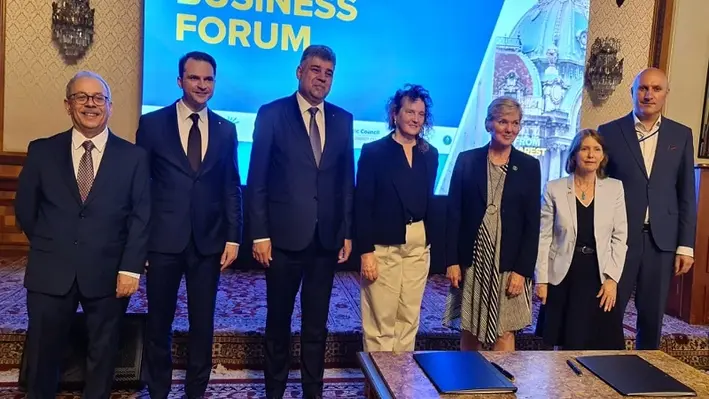
 Electrocentrale București (ELCEN), one of Romania’s leading producers of thermal and electric energy, has signed a MoU with Sage Geosystems for the carrying out of a feasibility study for the implementation of geothermal technologies in the Bucharest district heating system.
Electrocentrale București (ELCEN), one of Romania’s leading producers of thermal and electric energy, has signed a MoU with Sage Geosystems for the carrying out of a feasibility study for the implementation of geothermal technologies in the Bucharest district heating system.
The benefits of this collaboration are aimed at ensuring sustainability, innovation and efficient economic solutions for the future of centralised heating in Bucharest in an approach that is consistent with the national and European energy transition objectives.
Through the MoU, ELCEN will facilitate access to the relevant data and necessary infrastructure in order to carry out the study, and will contribute its technical expertise and specific operational knowledge to the centralised heating system within Bucharest. Sage Geosystems will perform the technical and geological analysis and feasibility study on the geothermal utilisation solution.
The aim of the partnership is to explore how geothermal energy can be implemented within the city the replace a fossil fuel-based thermal plant with a clean alternative. The first project is expected to generate up to 70MW of thermal power for a district in Bucharest, and upon its a success, will be expanded to other Romanian projects and cities.
General Director of ELCEN, Claudiu Crețu, stated, “We signed this Memorandum of Understanding to see how we can use the geothermal potential in the coming years for the heating of Bucharest as efficiently and sustainably as possible in a hybrid approach."
Cindy Taff, CEO and Co-Founder of Sage Geosystems, commented, “Sage is thrilled to be supporting Romania’s transition to clean energy and to introduce geothermal energy applications to its capital city.”


Offshore Network has released a new report on the Offshore Well Intervention Market in the Gulf of Mexico.
The new research comes ahead of the OWI GOM 2024 Conference arriving in Houston from 21-22 November. This is apt timing for it will closely follow after the US election – a significant event that will greatly affect the future of the offshore oil and gas industry in the region. The return of Republican candidate, Donald Trump, to the White House will likely herald a wave of drilling and a slackening of regulations rung tighter under the tenure of President Biden. However, should the Democrat nominee win, then the focus will likely remain on restricting further assets being created and greater emphasis on operators to fulfil the ever-growing decommissioning scope of work.
Regardless of this outcome, according to most market commentators, global demand for oil and gas is set to remain at least for the short-term, and likely for longer. With drilling becoming an increasingly distasteful option in much of the public eye, production enhancement to maintain rates and extend asset life is becoming increasingly attractive – if the recovery factor of mature assets is boosted by just 1%, then 2-3 years of additional consumption could be satisfied. These dynamics are creating a favourable outlook for the well intervention market in GOM, and service providers are looking to take advantage by bringing new technology into play of ever-increasing sophistication.
Page 45 of 111